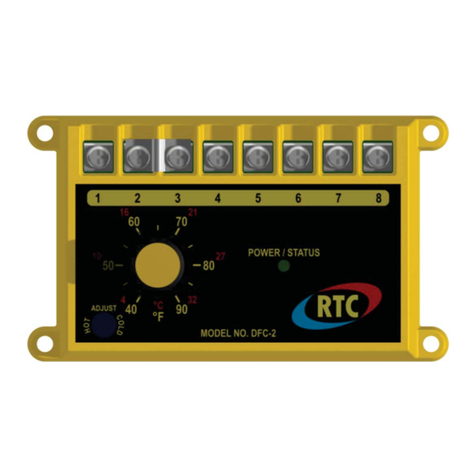Table of Contents
Overview.....................................................................................................................................................................................................................................................2
Specifications..............................................................................................................................................................................................................................................2
Power Requirements..............................................................................................................................................................................................................................2
DFC-X Ambient Temperature Limits ..................................................................................................................................................................................................2
TS-01/DFTD Ambient Temperature Limits .......................................................................................................................................................................................2
Accuracy..................................................................................................................................................................................................................................................2
Installation ..................................................................................................................................................................................................................................................2
Wiring..........................................................................................................................................................................................................................................................2
Standard control with remote setpoint................................................................................................................................................................................................2
Standard control with integral setpoint ..............................................................................................................................................................................................3
Optional room space control ................................................................................................................................................................................................................4
Optional multiple setpoint temperature control ................................................................................................................................................................................5
Operation ....................................................................................................................................................................................................................................................5
Start up .................................................................................................................................................................................................................................................... 5
Sequence of operation............................................................................................................................................................................................................................5
Calibration ..............................................................................................................................................................................................................................................5
Troubleshooting .....................................................................................................................................................................................................................................5
LED Code Chart ....................................................................................................................................................................................................................................6
TS-01 and DFTD Resistance chart ........................................................................................................................................................................................................6
























